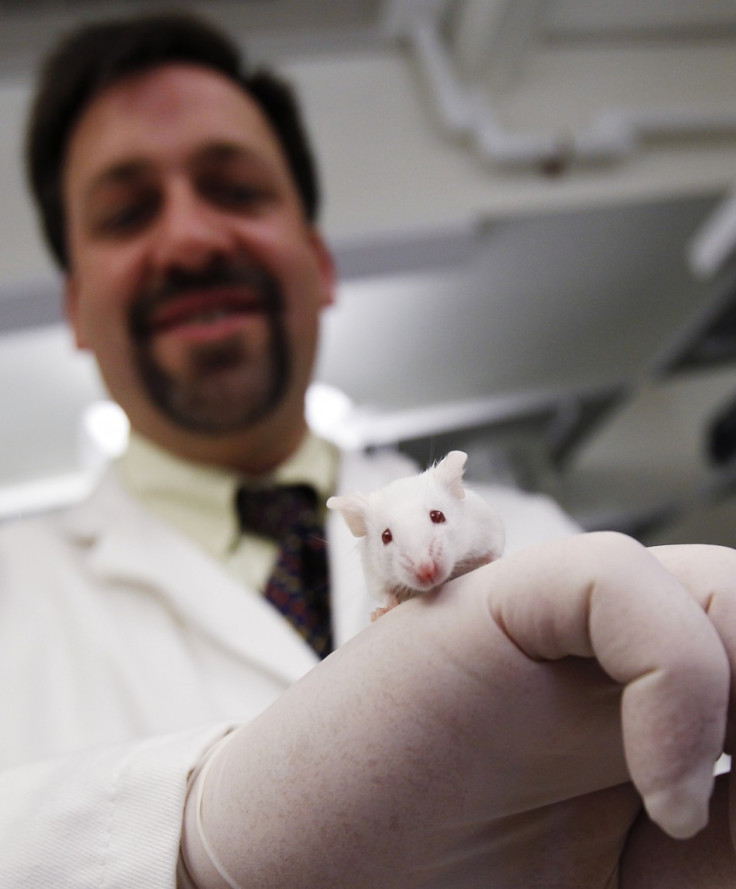Genetics: Man and Mouse are Close but Different too

What holds true for the mouse does not always hold true for humans, though mouse models have served well in understanding genetic mechanisms in dealing with diseases.
In a systematical evaluation and assessment, various research papers are suggesting that while gene regulation machinery and networks are similar in mouse and man, the details differ quite a bit.
By understanding the differences, scientists will be better placed in knowing when the mouse model can be used in studies.
There are a substantial number of mouse genes that are regulated in ways different from similar genes in humans. The differences are not random, say researchers at the University of California, San Diego School of Medicine and Ludwig Cancer Research.
Only half of human genomic DNA aligns to mouse genomic DNA. In comparison chimpanzees' match 96%.
Mice and humans share approximately 70% of the same protein-coding gene sequences which are important as they send out instructions to build organisms, but this comprises just 1.5% of these genomes.
The results from the mouse ENCODE project, which is part of the ENCODE, or ENCyclopedia Of DNA Elements, showed some DNA sequence differences linked to diseases in humans have counterparts in the mouse genome.
The differences and similarities
They also showed that certain genes and elements are similar in both species, providing a basis to use the mouse to study relevant human disease.
However, they also uncovered many DNA variations and gene expression patterns that are not shared, potentially limiting the mouse's use as a disease model.
The areas used to control gene activity have many similarities in mice and man showing conservation down evolutionary time. For the immune system, metabolic processes and stress response, the activity of some genes varied between mice and humans.
In one set of papers published in Nature, the researchers compared gene transcription, chromatin modification and other processes that control gene activity in a wide range of mouse and human tissues and cell types.
Both species had similar basic programmes to regulate gene activity but differed in specific tissue and cell types.
Another team from University of Washington, Seattle, compared more than 1.3 million genome locations called DNase 1 hypersensitivity sites (which identify regulatory DNA) in 45 mouse cell and tissue types to those in humans.
They reported in Science that about 35% of these elements were shared by mouse and humans and were active in different types of cells. But there was also huge flexibility in evolution.
Yet another study compared gene expression in 15 different tissue types in mice and humans to find that some aspects of the gene readouts were more similar between different tissues in the same species than they were between the same tissues in both species.
© Copyright IBTimes 2025. All rights reserved.





















